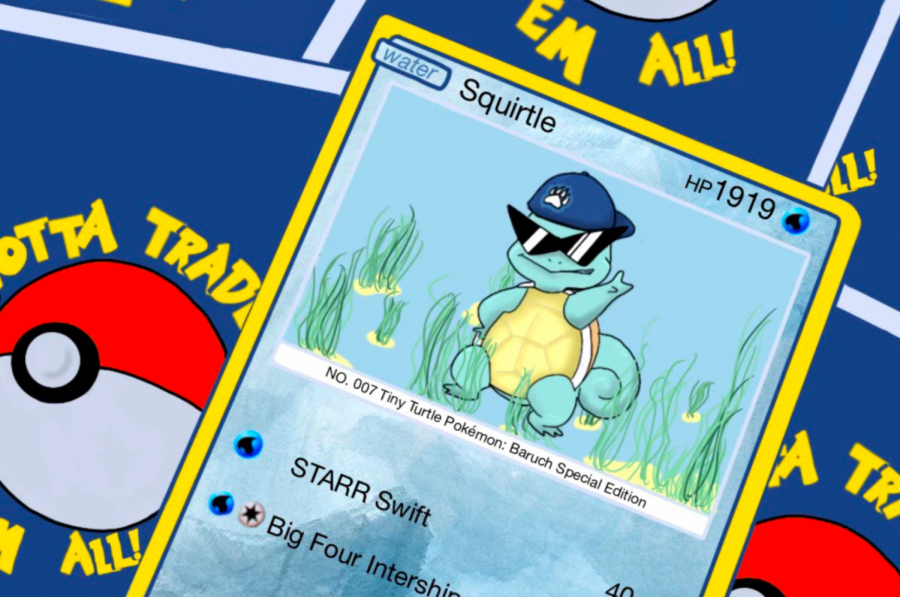Pokémon increases trading cards profits amid nostalgia trend
March 11, 2021
Pokémon, the popular Japanese video game franchise, experienced a sudden increase in value and price of one of its most popular items, trading cards. Trading cards, which generate millions of dollars annually, have become more popular during the pandemic and with the company’s 25th anniversary this year.
In 2020, the coronavirus pandemic forced the Pokémon fandom to stay indoors. With more free time and, for some, saved money, nostalgia served as a driving force of the secondary market.
Pokémon cards with notable artwork started to climb in value, including cards of popular mascots like Pikachu, Squirtle and Mewtwo. The original cards also had high value, but pandemic skyrocketed their value.
Google searches for the popular cards, particularly a “Charizard card” have gone up.
Eric Doty, the CEO of Loupe, an app where people can sell trading cards and collectables, said that the “Charizard VMAX Rainbow” card is valued at $350.
Doty also said Loupe has seen a rise in consumers using the app to sell and buy Charizard cards.
“The Shiny Charizard V goes for $200-350ish on eBay,” said Doty. “A graded card especially rated 9.5 or 10 can go for over $1,000.”
Celebrities have also played a role in the increase of Pokémon card popularity and subsequent increased prices. YouTube star and podcast host Logan Paul told Insider about his love for the trading cards.
“Until I collected Pokémon cards, I never felt like I was able to capture a piece of my childhood back,” said Paul. “I love how the cards look and how they make me feel: like a big kid with a lot of money to spend on cardboard.”
Over the last year, fueled by Paul’s videos and a pandemic, Pokémon card collecting has expanded to record-breaking heights. Other celebrities jumped on the consumer trend, including DJ Steve Aoki, who started opening packs of cards on his own livestreams.
Rapper Logic spent a total of $220,000 on a first edition Charizard card at an auction.
But Pokémon cards aren’t the only ‘90s items growing in popularity.
Nostalgia is a rare factor when it comes to the relationship between consumers and electronics.
Consumer electronics comprise the next, new, shiny object.
A CNBC report found that a few retro items are making a comeback in the social media era.
One of the items listed was the Kodak Super 8 camera. The camera brand revived its classic camera in January in an effort to tap into people’s nostalgic need for the film style of home movies that were made 50 years ago.
Other items that were listed in the report included vinyl records and polaroid cameras. The nostalgia trend can even be seen in the fashion world with the return of 90s fashion wear.
And it goes beyond music, photography and fashion.
The New York Times reported that the fan-favorite after-school snack, “Dunkaroos” are back.
The snack disappeared from American grocery shelves in 2012 due to General Mills, the snack parent company, focusing on promoting healthy, nutritious snacking. Now, due to immense consumer demand, it’s back to.
“For those who grew up in the ‘90s, the original cookie-frosting combo represents the taste, color and fun of being a kid during that decade. We know there’s a lot of love for Dunkaroos, and fans everywhere have been asking for it. We’re excited to help ‘90s kids relive all the best parts of childhood,” Jeff Caswell, president of snacks at General Mills said.
From the high rise in value for Pokémon cards to the return of the polaroid cameras, the sense of nostalgia during tumultuous times shows no sign of ending.








